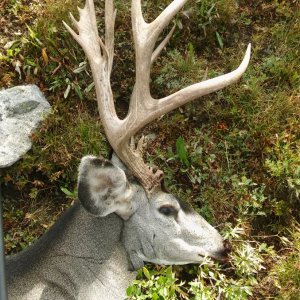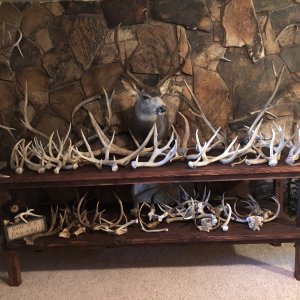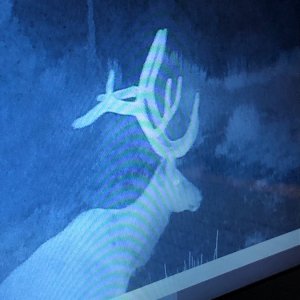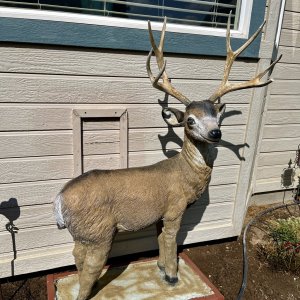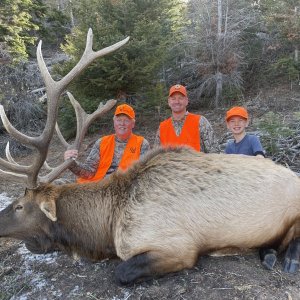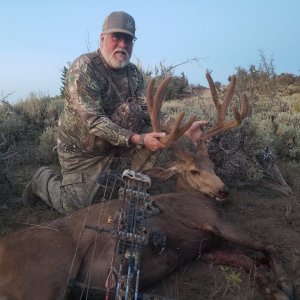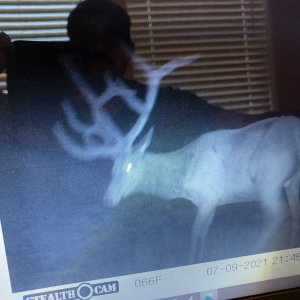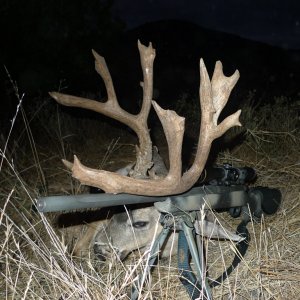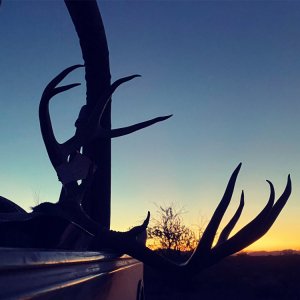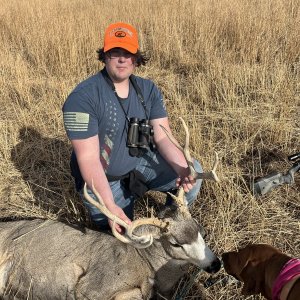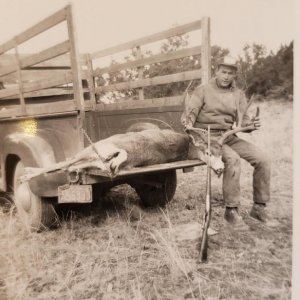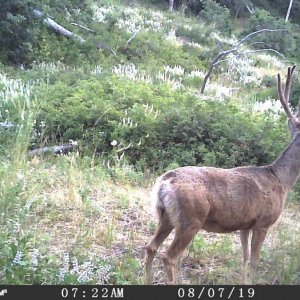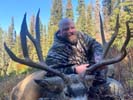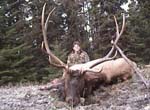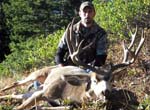S
Salmonfg
Guest
Final Mule Deer Plan Ready for Review
The final Mule Deer Plan is complete and ready for public review.
Idaho Fish and Game has completed a final statewide Mule Deer Management Plan for consideration during the Idaho Fish and Game Commission?s March 5-7 meeting in Boise. The final plan was developed after soliciting public comments on a draft during November and December. Numerous changes were made in the final plan, many to address public comments made during review of the initial draft.
Once adopted by the commission, the final version of the plan would guide mule deer management for the next 10 years. The plan would not set hunting seasons, but it would provide management goals and strategies for how Fish and Game would manage mule deer. The Mule Deer Initiative is an integral component of the draft plan, focusing specialized management efforts in areas of Idaho where mule deer are declining.
The plan includes how Fish and Game intends to provide the variety of hunting opportunities desired by Idaho hunters, and it covers the important issues of habitat protection and enhancement, population monitoring, law enforcement, and the recruitment and retention of hunters.
The final plan is available for review on the Fish and Game Website at http://fishandgame.idaho.gov/cms/public. Written comments also may be made to [email protected] attention Mule Deer Plan.
Tom Keegan
IDFG Salmon Regional Wildlife Manager
The final Mule Deer Plan is complete and ready for public review.
Idaho Fish and Game has completed a final statewide Mule Deer Management Plan for consideration during the Idaho Fish and Game Commission?s March 5-7 meeting in Boise. The final plan was developed after soliciting public comments on a draft during November and December. Numerous changes were made in the final plan, many to address public comments made during review of the initial draft.
Once adopted by the commission, the final version of the plan would guide mule deer management for the next 10 years. The plan would not set hunting seasons, but it would provide management goals and strategies for how Fish and Game would manage mule deer. The Mule Deer Initiative is an integral component of the draft plan, focusing specialized management efforts in areas of Idaho where mule deer are declining.
The plan includes how Fish and Game intends to provide the variety of hunting opportunities desired by Idaho hunters, and it covers the important issues of habitat protection and enhancement, population monitoring, law enforcement, and the recruitment and retention of hunters.
The final plan is available for review on the Fish and Game Website at http://fishandgame.idaho.gov/cms/public. Written comments also may be made to [email protected] attention Mule Deer Plan.
Tom Keegan
IDFG Salmon Regional Wildlife Manager


